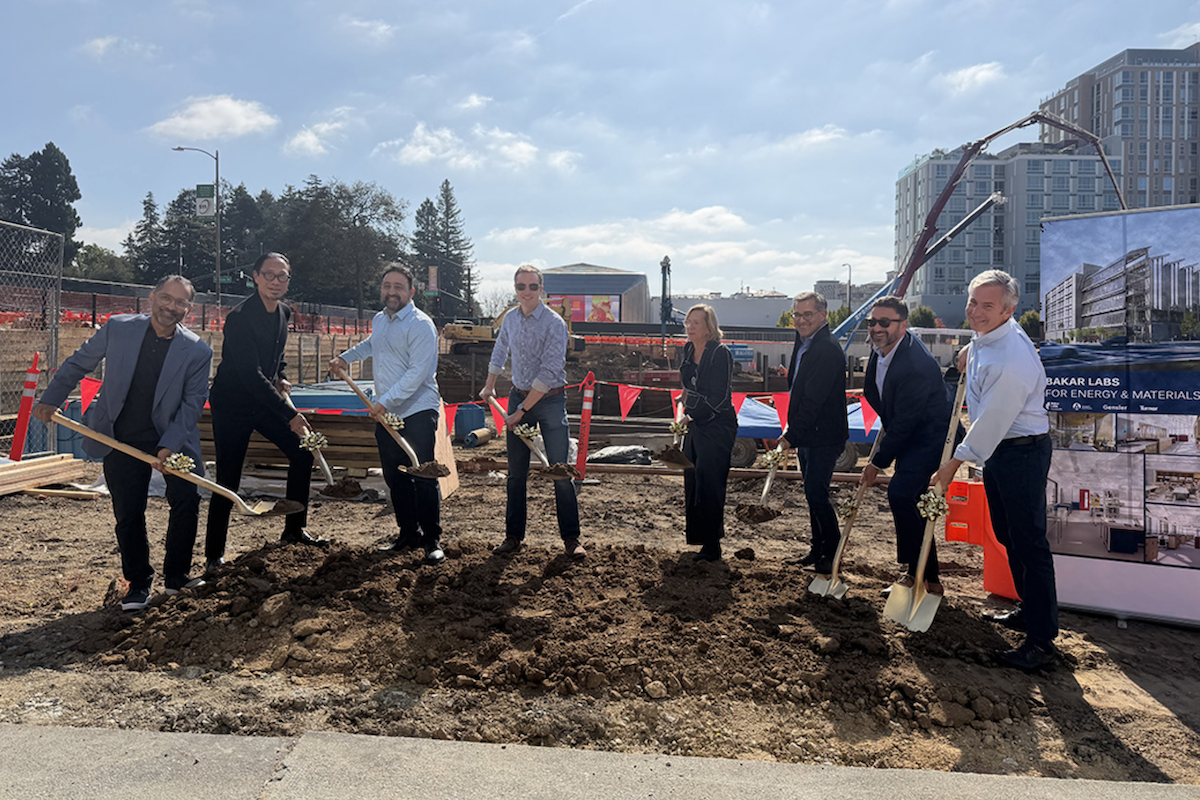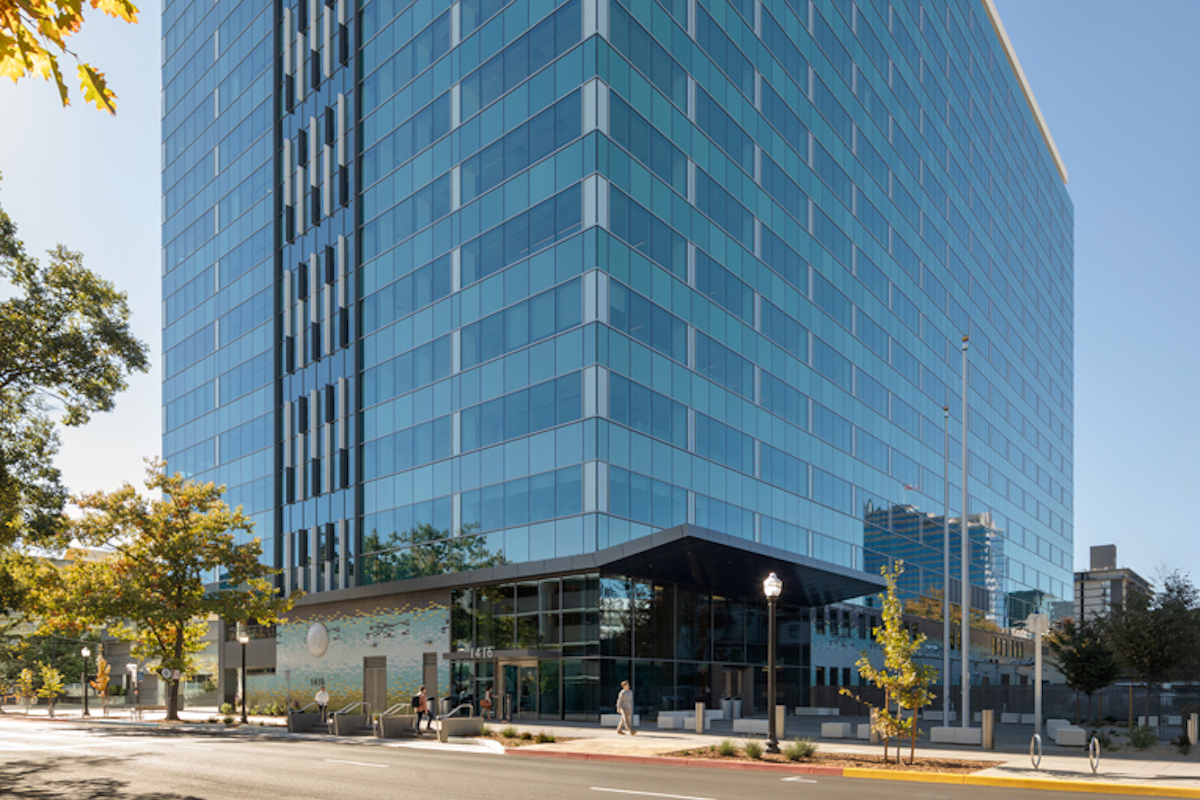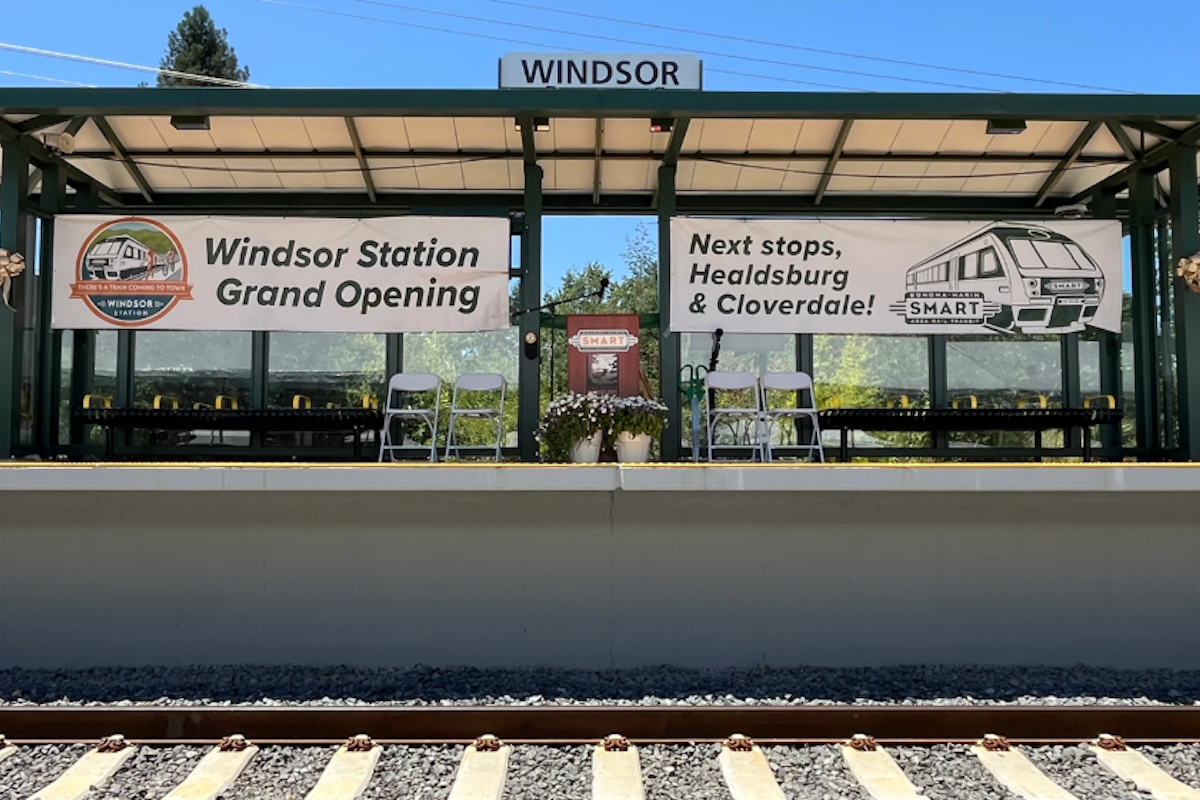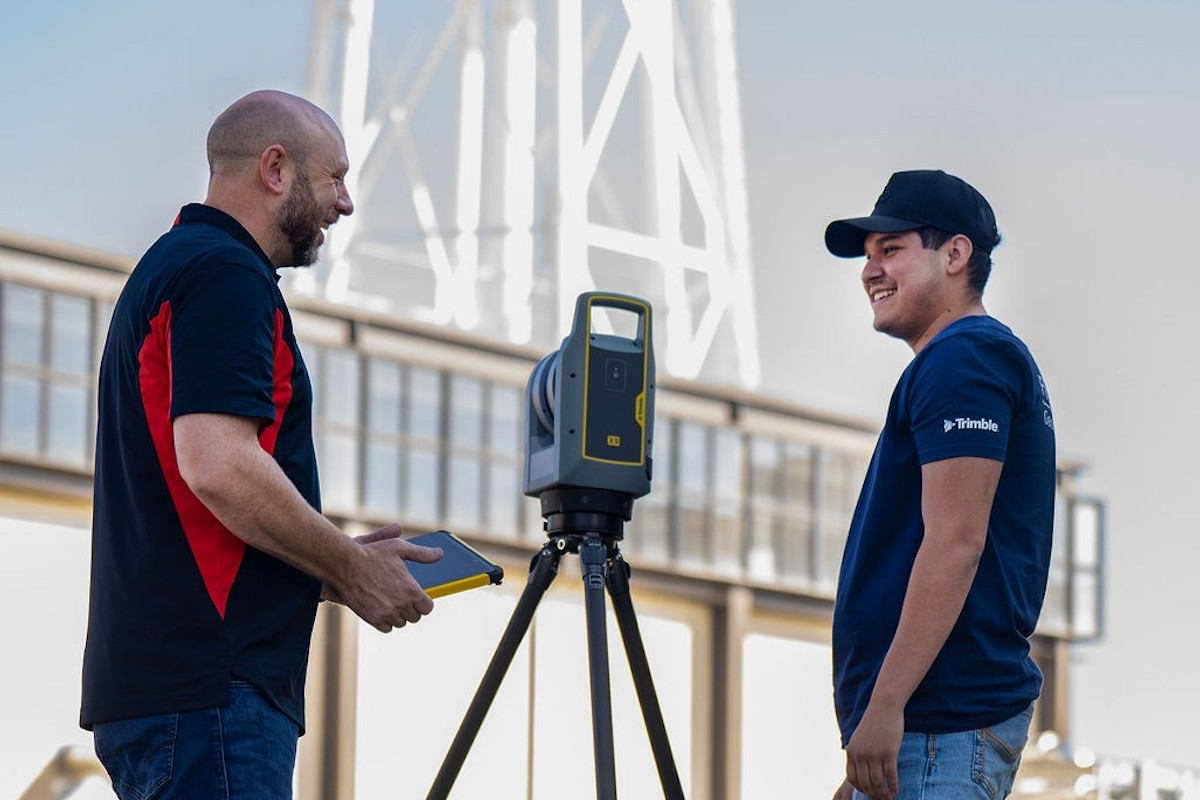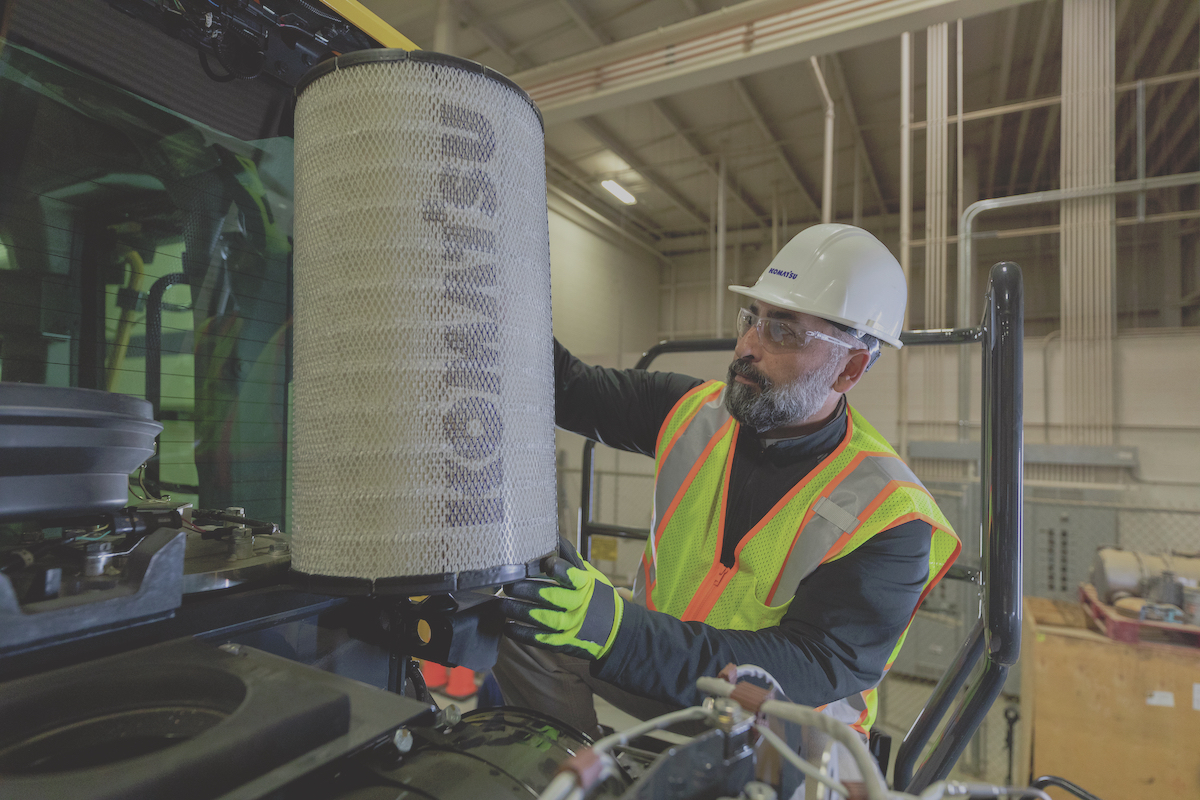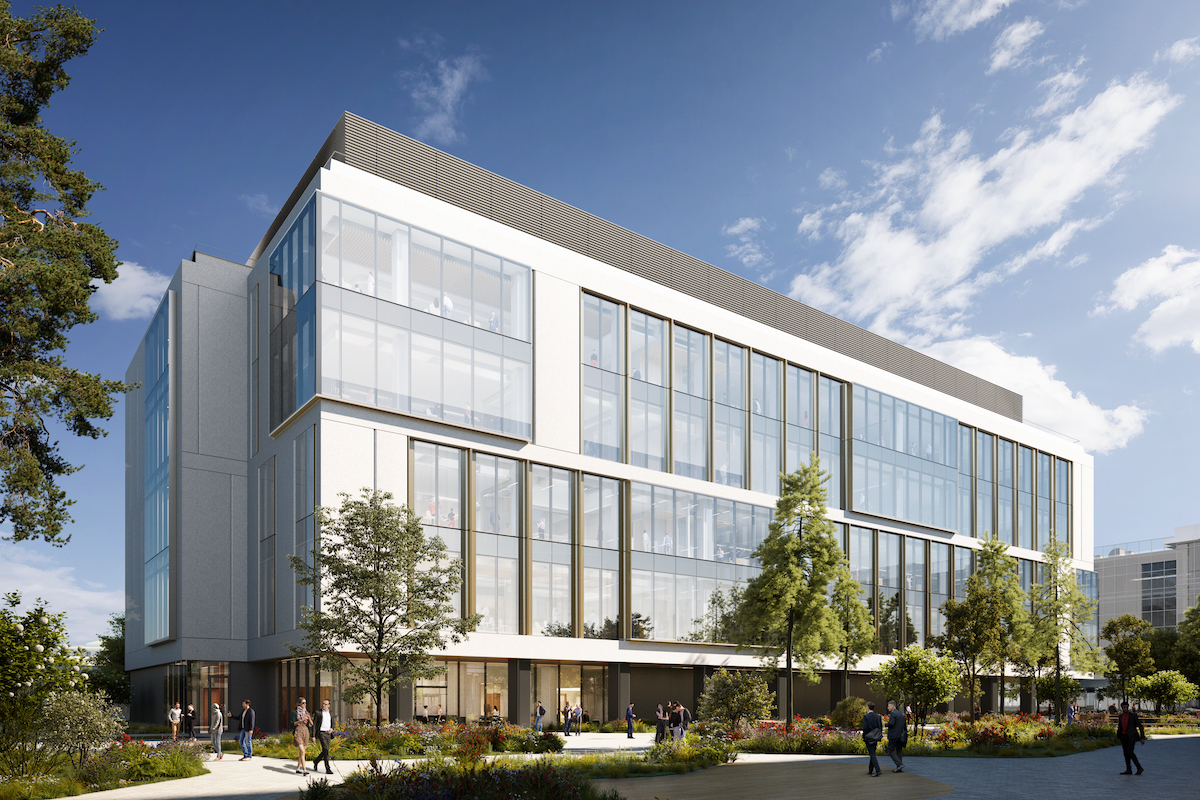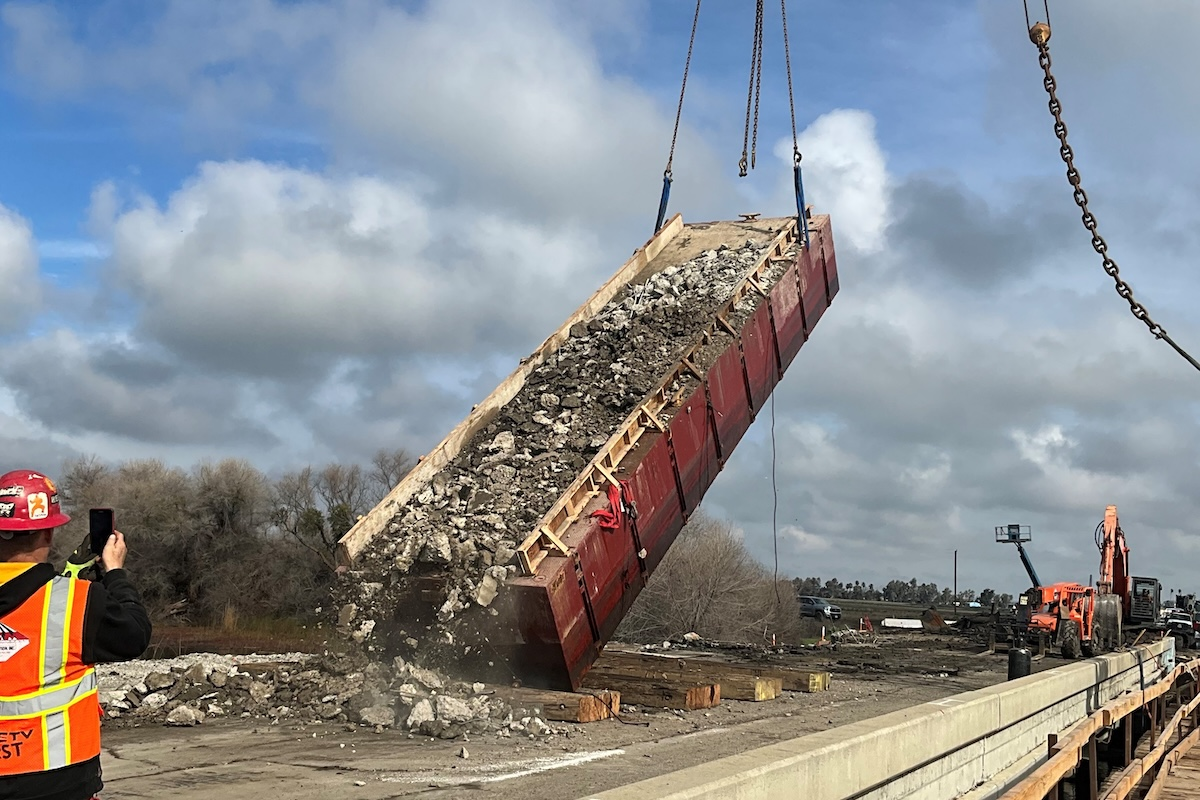“The completion of Sutter Health’s Samaritan Court Ambulatory Care and Surgery Center exemplifies how Skanska worked efficiently across teams to prioritize our client’s needs and bring their vision to reality,” said Jeremy Cortesio, Project Executive at Skanska. “In the face of a pandemic and supply chain challenges, our team completed this project ahead of schedule and under budget to deliver a best-in-class health care facility to the region and its residents.”
Located near the border of San Jose and Los Gatos in Santa Clara County, Samaritan Court brings together 34 physicians within Palo Alto Medical Foundation from 12 medical specialties, along with a clinical lab, imaging suite, and an ambulatory surgery center. The completion of Samaritan Court is a key part of the client’s broader plan to build more than two dozen ambulatory care centers across Northern California over the next four years.
To ensure the project was delivered ahead of schedule, the team focused on rework to determine where improvements could be made to cut rework in half in comparison to projects of similar size and complexity, implementing major changes to the traditional project delivery process. In the goal-setting stage, the project team determined the average number of punch list items on similar projects that could be used as a baseline for measuring rework. The team analyzed historical data from comparative health care projects and found the typical project averaged 250 punch list items per 10,000 square feet. Using this metric, the Samaritan Court team altered the process by starting punch list activities during the design and preconstruction phases rather than in the closeout phase when work has been put in place.
Over 300 conditions were resolved in two months, not counting the many conditions that would have been repeated multiple times. Based on historical data, these items would have caused a delay of up to 30 days and cost more than $100,000 to resolve.

| Your local Trimble Construction Division dealer |
|---|
| SITECH Southwest |
| SITECH West |
The virtual punch list allowed each stakeholder to review final conditions — furniture, casework and equipment placement, ADA clearances, device and outlet alignment, utility connections, and item placements that would require unique finish details — in the building model, ultimately allowing the team to achieve its goal of cutting rework by 50% on the project.
Skanska worked extensively with all trade partners specializing in mechanical, electrical, plumbing, framing, and drywall, to facilitate a combined layout plan in a first-of-its-kind collaboration and implementation of Dusty Robotics, which offers robot-powered tools to save time and improve results through BIM-driven layouts. Once layout work was complete, a single file was uploaded to Dusty Robotics where a 2-D draft is processed and printed onto the floor. Skanska’s work provided a faster, more accurate, and clearer layout that all trade teams could utilize, working together simultaneously to further reduce field errors and relaying an added benefit of time and cost savings to the client team.
Additionally, the project team leveraged the use of Takt Planning, and set an aggressive goal to learn and implement related strategies to have a single schedule for all project partners, including the architecture/design team, owner, trade partners, and equipment specialists.
Key operational and planning considerations for the design focus on providing patient-centered care by aligning the care model and technology with the built and natural environments. Elemental design highlights include:
- Designing the building to have a single entry/exit
- Centralizing reception areas for upper floors at the patient entry points
- Centralizing waiting spaces on upper floors
- Localizing departments
- Allowing departmental adjacencies to share point-of-care rooms and support spaces
- Locating the surgery center on the first floor
- Orienting patient care and recovery rooms toward views of the natural environment



















